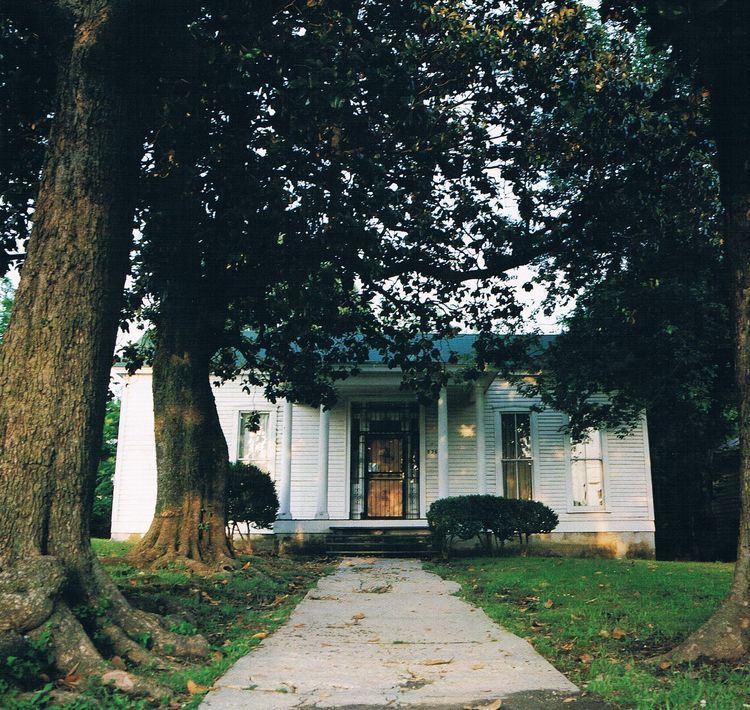Established 1997, built in 1849 | Opened 1849 | |
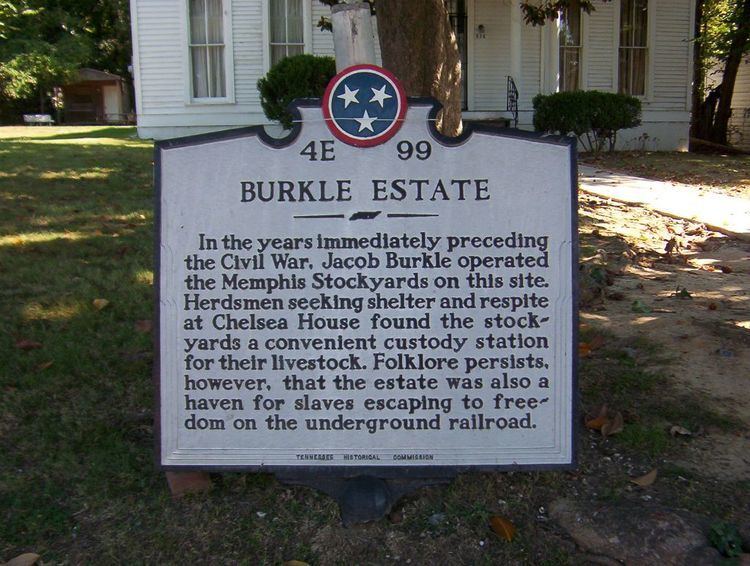 | ||
Location 826 N Second St, Memphis, TN Similar Pink Palace Museum, Magevney House, Belz Museum of Asian an, Mallory–Neely House, Fire Museum of Memphis | ||
Burkle estate by corey green lemoyne owen college spring 2007
The Burkle Estate is a historic home at 826 North Second Street in Memphis, Tennessee. It is also known as the Slavehaven. Although disputed by some historians, the Burkle Estate is claimed by some to have been part of the Underground Railroad, a secret network of way stations to help slaves escape to freedom in the northern states. The house was constructed in 1849 by a German immigrant by the name of Jacob Burkle.
Contents
- Burkle estate by corey green lemoyne owen college spring 2007
- Underground Railroad
- Controversy
- Slavehaven Museum
- References

Since 1997 the estate is home to the Slave Haven Underground Railroad Museum.
Underground Railroad

The Burkle Estate is claimed by some to have served as a way station on the Underground Railroad for runaway slaves. Publicly, Mr. Burkle was a livestock trader and a baker. Privately, some claim, he was a conductor on the Underground Railroad. Many believe his home was the last stop in a series of Memphis homes connected by underground tunnels. The house included a small cellar which might have been used to hide escaping slaves. Slaves could then get on boats to take them upriver to other way stations in the free states north of the Ohio River.
Controversy
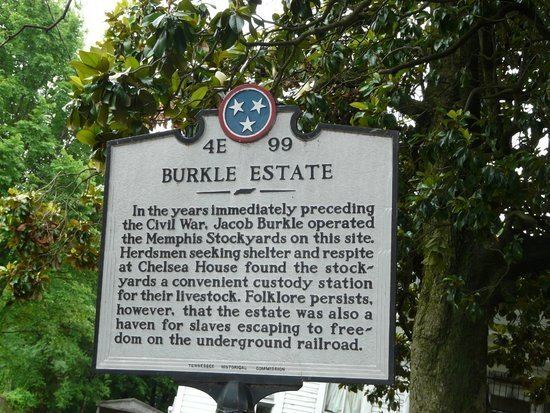
The role of the home as a part of the Underground Railroad is subject to debate. Although a spokesman for the U.S. Army Corps of Engineers in Memphis states that the soil, which is made up of loess, would provide a good material for tunnels, there is no evidence of tunnels under the house. The escape network was underground solely In the sense of being an underground resistance, in which the term underground would refer to the secrecy of the operation rather than its literal meaning as a network of tunnels.
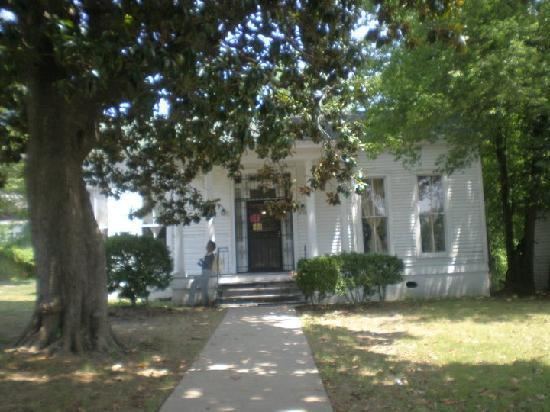
Some local historians go even further and state that there is no evidence to substantiate the claims regarding the Underground Railroad and the use of the Burkle Estate as a part of any effort to assist runaway slaves.
Slavehaven Museum
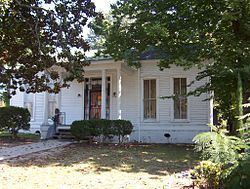
The house opened as a museum in 1997 and tours of the one-story, white clapboard house are available. The house is decorated with 19th-century furnishings and artifacts and served as part of the overall civil rights heritage of Memphis. The museum documents the history of the Underground Railroad and the possible role of the house in that secret escape network. Slavery, slave trade, slave auctions and the everyday life of slaves in the wider Memphis area are also documented in the museum.
